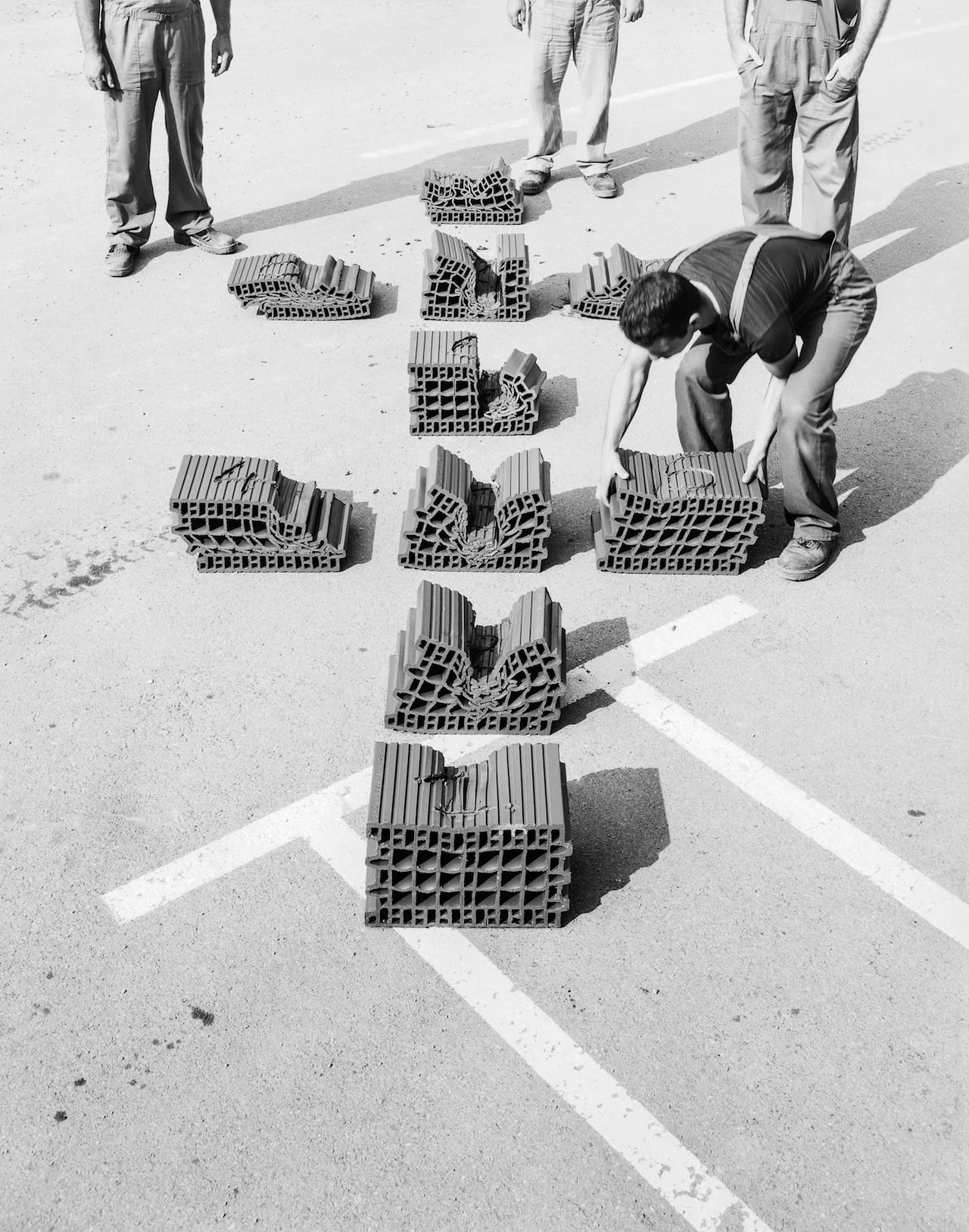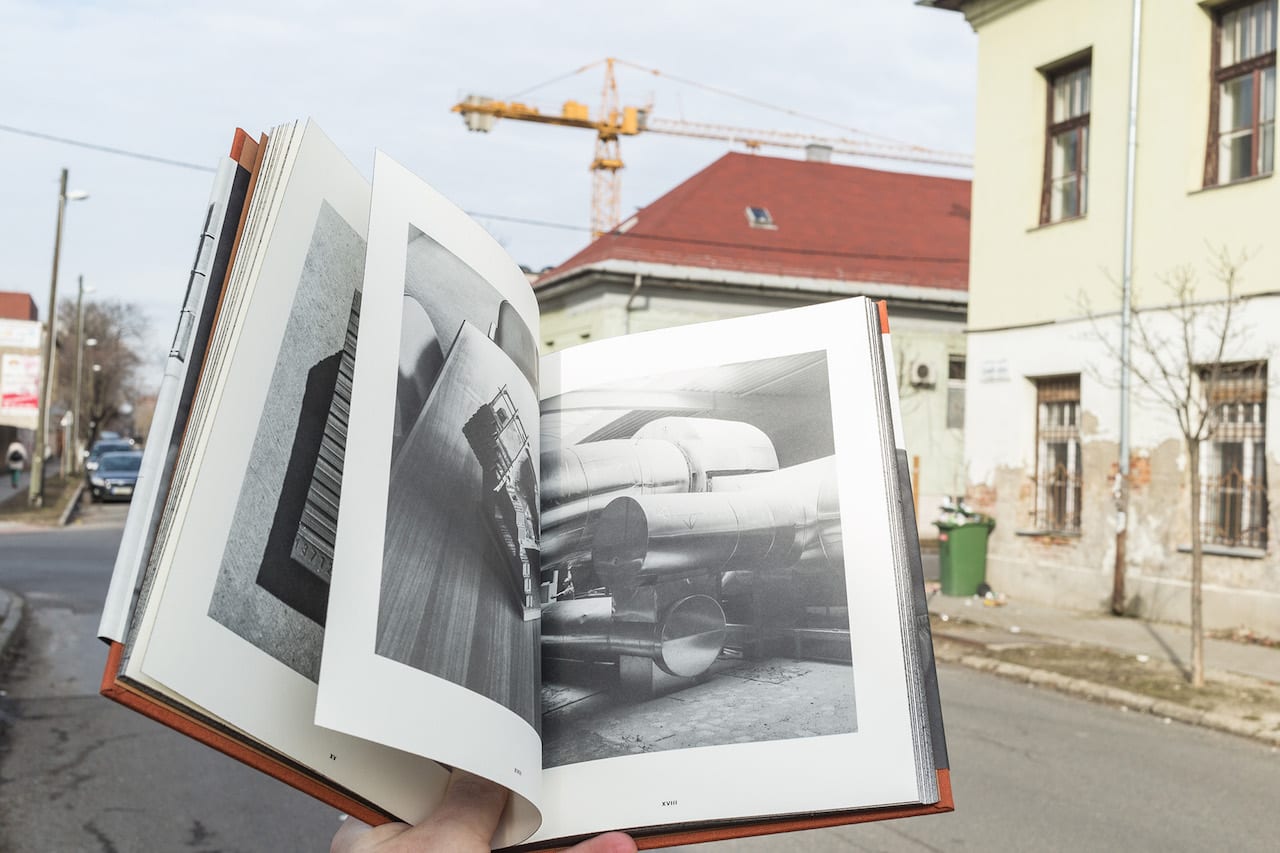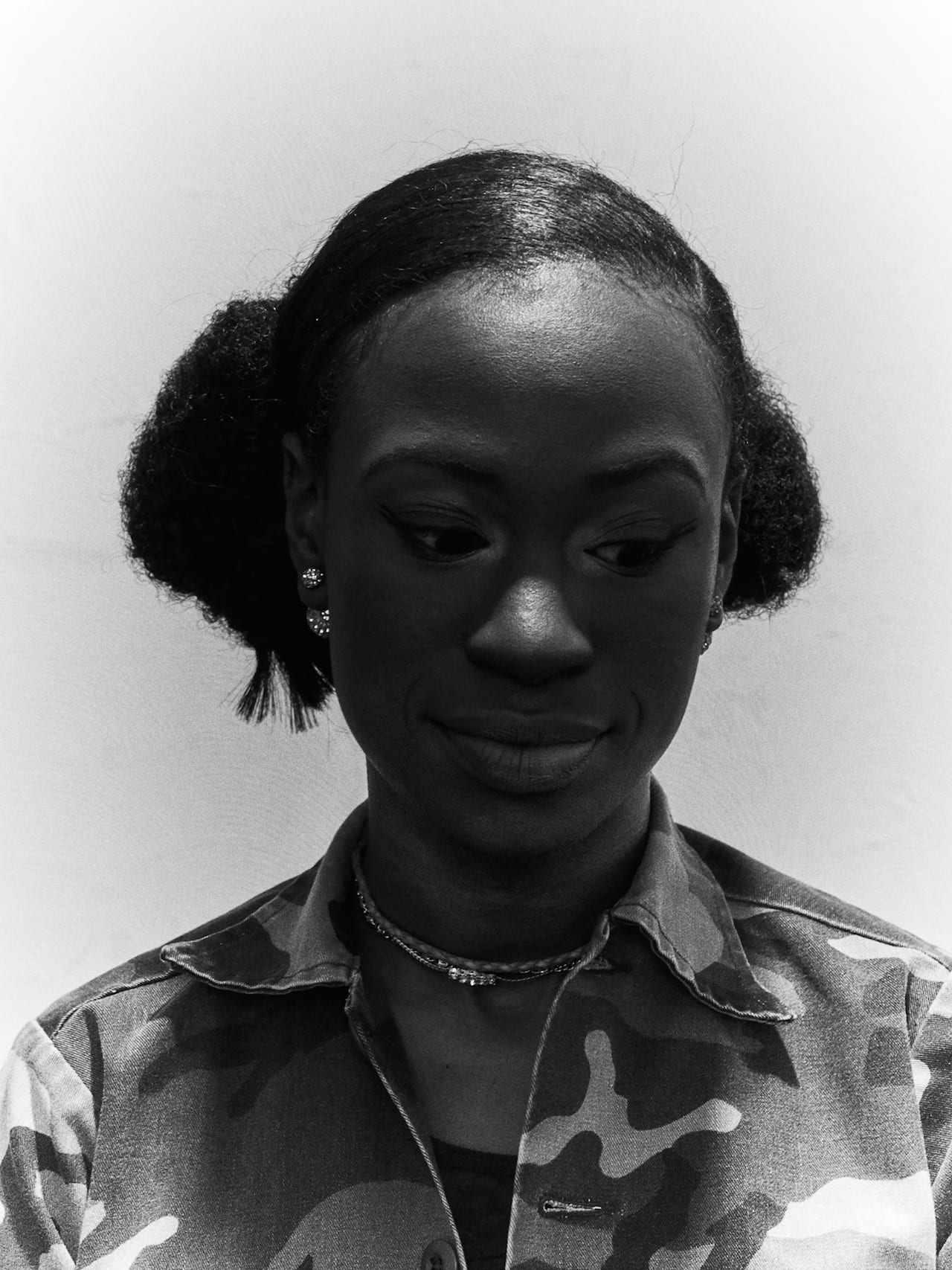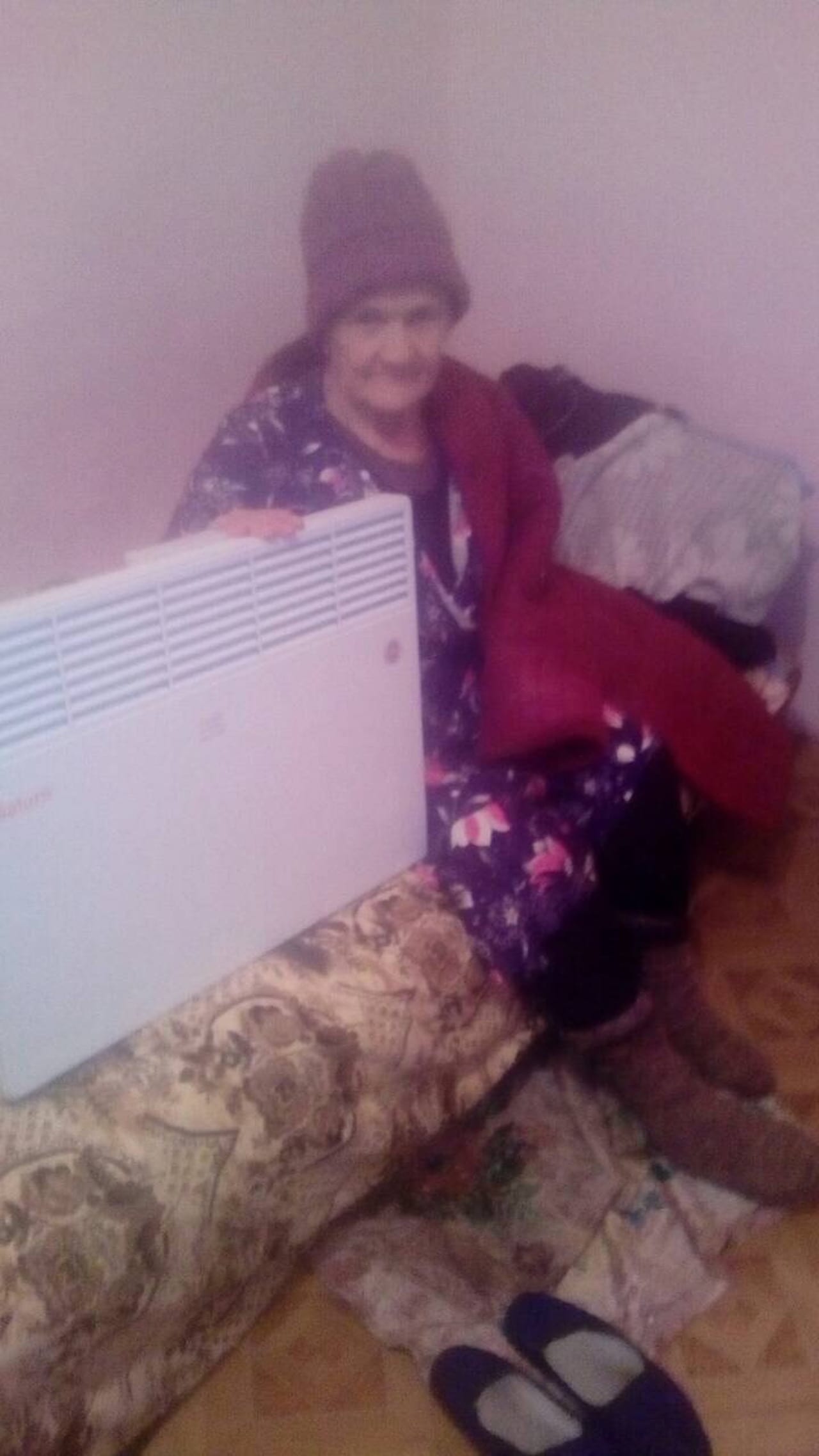Arion Gabor Kudasz‘ Human, self-published
Hungarian photographer Arion Gabor Kudasz uses twisted measurements and deformed bricks to describe the contemporary Eastern European space. Human is a labyrinth of forms in the process of becoming or decaying, which the author desperately tries to systematise. The collection of abandoned housing investments, post-industrial ruins, construction warehouses and worker’s portraits create an image of dysfunctional mechanism. Kudasz uses the human body and deformed brick modules to set a new hierarchy, which can be perceived as a metaphor for a fundamental shift in values that Hungary and other countries in Eastern Europe are facing today.


Piergiorgio Casotti & Emanuele Brutti’s Index G, published by Skinnerboox
Casotti and Brutti took a dark road trip, trying to map the racial division of the American town St Louis. The resulting book is a smart construct between the visible and hidden. Photographic realism on the one hand builds the illusion of architectural political correctness, on the other hand it reveals the camouflaged space of racial division. Black-and-white images in the book seem to reproduce certain social cliches, yet they are ideally balanced by a transparent prolonged camera slide through American suburban architecture. The tension between these two models of representation is disturbing and perfectly reflects the problem the authors touch upon. And the visual layer is only half of the book, as there is also a text.

Jan Jurczak’s Peace and Love Initiative
“There are six million people living in the ATO zone, “the territory of the anti-terrorist operation”, as defined by Ukrainian legislation. It consists of parts of the territories of Donetsk and Luhansk Oblasts, which continue to experience the armed conflict which began in 2014,” writes Jan Jurczak, a 22-year-old Polish photographer who documented small community living in Avdiivka, Ukraine (suburbs of Donetsk). They live in a single block of flats, close to the front line and Jurczak made a thoughtful, and visually strong project, but there is something more beyond pictures. Many photographers bring spectacular images from conflict zones but in most cases their involvement with photographed subjects stops after the material is published, printed or hung on the walls of galleries. Jurczak’s case is different. As soon as he got back from the frontline he launched a private, crowd-funded “Peace and Love Initiative” to support the community he had been photographing. Thanks to the funds he gathered, he managed to buy them heaters for their homes, water heaters, electric cookers, beds, towels, and so on. His attitude it definitely worth copying. There is so much we can do beyond producing and distributing images.

